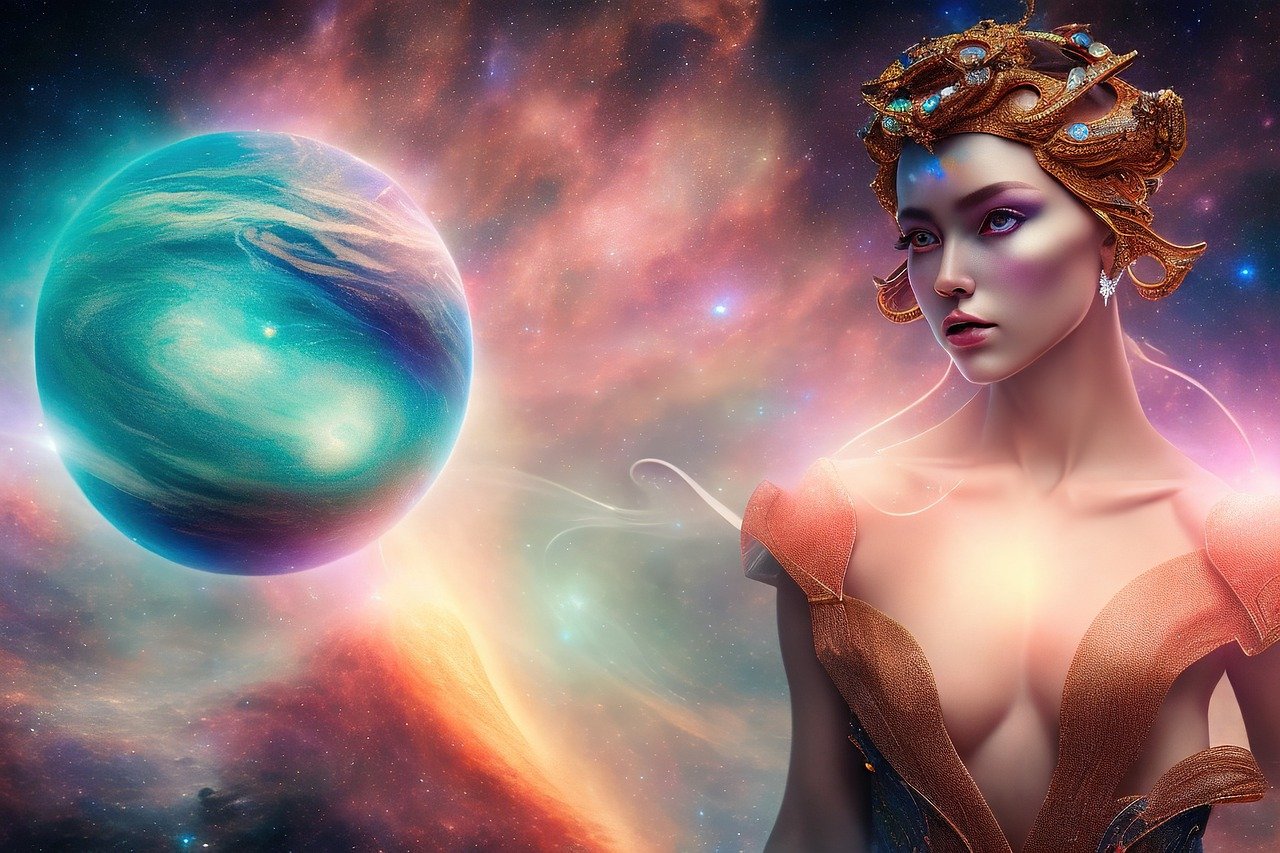Diana, the Roman goddess, held multiple roles in mythology, being known as the deity of childbirth, fertility, the moon, and wild beasts. Above all, however, she is celebrated as the goddess of the hunt, with deer as her sacred animal, and corresponds to the Greek goddess Artemis.
As with many mythological narratives, stories about Diana often vary, leading to discrepancies in timelines and details. These tales are frequently compiled from various sources, making it essential to consult classical texts for a thorough understanding. Notable works include “Metamorphoses” by Ovid and “Aeneid” by Virgil, which provide rich historical context intertwined with legends.
Birth and Family
Diana possessed archery skills that matched those of her twin brother, Apollo. She was born to Jupiter and Latona (Leto in Greek), the goddess associated with dark nights. Juno, driven by jealousy toward Latona due to Jupiter’s infidelities, banished her pregnant rival from Olympus, declaring that no one should assist her. Weary and parched from her wanderings, Latona finally sought help from Neptune, who overlooked Juno’s threats and transported her to Delos, where she gave birth to Apollo and Diana.
The Greek poet Hesiod mentioned the twins’ birth in “Theogony,” where he described them as exceeding all other heavenly offspring in beauty and strength. He also referenced Artemis’s affinity for the hunt.
Niobe and Orion
Diana is often portrayed in Roman art with a bow and quiver, emblematic of her prowess in archery, mirroring her brother Apollo’s skills. Two myths particularly showcase her capabilities: the tales of Niobe and Orion.
In one story, Niobe, the proud daughter of King Tantalus, mocked Latona’s lesser family. Angered, Latona commanded her children to punish Niobe for her pride. Apollo struck down Niobe’s seven sons, while Diana ended the lives of her seven daughters, ultimately transforming the grief-stricken mother into a statue on Mount Sipylus.
In an alternate version, Niobe boasted during a festival honoring Leto, prompting Apollo and Diana to retaliate against her arrogance. As Apollo killed her sons, Niobe continued to boast until Diana ended the lives of her daughters, further compounding the tragedy.
Endymion
Diana chose a life of chastity, permitted by her father to remain unmarried. One evening, while driving her chariot across the night sky, she discovered the beautiful shepherd Endymion asleep. Enchanted, she kissed him softly, causing him to awaken briefly and then fall back into slumber. Concerned that his beauty would be lessened by life’s struggles, Diana put him into eternal sleep and visited him in a cave on Mount Latmus each night.
Orion
In another tale, the hunter Orion attempted to pursue Diana’s nymph companions and, after their pleas for help, she transformed them into pigeons to escape him. Orion later fell in love with Merope, the daughter of Chios’s king, and kidnapped her, leading to his punishment of blindness. Regaining his sight with the aid of Cyclopes, he returned to hunting and met Diana. Their shared passion drew them together, yet Apollo disapproved. In a tragic twist, Apollo challenged Diana to hit a target at sea, which turned out to be Orion, resulting in her grief and the transformation of both Orion and his dog, Sirius, into constellations.
Actaeon
The myth of Actaeon is another prominent story involving Diana. After a long hunting expedition, she and her nymphs stumbled upon a secluded pool for a refreshing swim. While this occurred, Actaeon and his companions were hunting nearby and accidentally wandered into her grove. Despite attempts to shield the goddess from view, Actaeon indirectly beheld her bathing. Furiously, Diana splashed water onto him, transforming him into a stag. Unable to communicate, he was subsequently chased down and killed by his own hounds.
The Trojan War
During the Trojan War, Diana’s rivalry with the Greeks came to the forefront. When Agamemnon, the Greek leader, insulted her hunting expertise, she retaliated by stalling the Greek fleet’s departure. The only way to appease her was through the sacrifice of Agamemnon’s daughter, Iphigenia. Though initially deceived, Diana intervened at the last moment, replacing Iphigenia with a deer and allowing her to become a priestess in her temple.
Virgil’s “Aeneid” recounts how Aeneas, a Trojan warrior, fled Troy and eventually faced conflicts with the Latins in Italy. Camilla, a warrior favored by Diana, was slain during the conflict, prompting the goddess to express profound sorrow and seek vengeance through her nymph Opis.
Conclusion
Diana, much like her brother Apollo, endured the animosity of Juno. She chose a life dedicated to hunting and maintained her virginity, standing as a powerful figure with her bow and arrows. Despite moments of warmth, she more frequently exhibited a fierce and vengeful demeanor, as demonstrated in the stories of Niobe, Actaeon, and Camilla. Thus, Diana emerges as a formidable and complex deity, standing equally among other gods and goddesses in Roman mythology.



